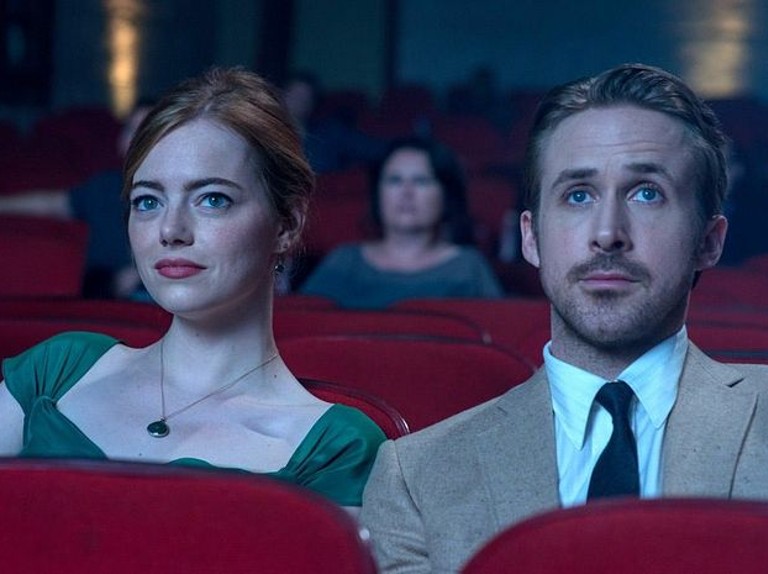With the release of La La Land to Netflix and Baby Driver to DVD and Blu Ray this week, these films have traded grand cinema settings for the inevitable screenings in pillow fortresses with the curtains tightly closed or quietly playing the background of a cup of tea, and a catch up. While sometimes that added comfort and ease of access can benefit a film’s longevity and effect, is something lost with the loss of a cinematic setting? Is this a battle that these cinematic masterpieces are set to face?
It’s clear that a second viewing of a film may never give you that same feeling of wonder that you get in when you get your first glimpse in the darkened auditorium; nevertheless, a film should not lose all meaning as soon as it leave the cinema. It is so much easier to fully engage with the media in front of you when our other distractions in life have had a door closed on them and daily stressesare placed on aeroplane mode. The cinema is where films can provide a true escape.
Creatives should be sure that the wonder of the cinema is not lost as soon as the audience steps out the doors of the screen. Audiences should be excited by the possibility that their favourite films will age and mature with them.
I first saw La La Land in a preview screening at the Hyde Park Picture house and this unique setting has made it an experience that I have linked inextricably to the film in general. In spite of that, as soon as you have seen a film a few times it inevitably loses a certain something from your own personal premiere, but repeat viewings are not all about loss. I can now sing along to my favourite songs from La La Land, anticipate my favourite sequence in Baby Driver and look forward to taking a new perspective with each repeat viewing of any film I watch. Finding something new in something that I know I love, will always be exciting.
These cinematic films are clearly centred within film history which imbues the unique titles with a sense of timelessness. La La Land is peppered with classic cinematic references Funny Face, Singin’ in the Rain, Sweet Charity and Sleeping Beauty, to name a few, and these small accents lend themselves entirely to repeat viewing. There is always something more to a scene than you may think.
The true triumph of the summer blockbuster Baby Driver was not only the collation of the soundtrack, but the intricate integration of that music into the sequences throughout, be they cinematic or mundane. When I first watched Ansel Elgort (Baby) seamlessly dance his way across the screen I was so transfixed by the spectacle that I never noticed that whenever music is not present the audience can hear a faint ringing, Baby’s tinnitus.
Films that thrive in a cinematic environment do just so because, at the time, it would be so difficult to view them in the everyday. Not every sight that you see throughout day-to-day life is as beautiful as a picture. Besides, sometimes it’s difficult to hear the soundtrack to your own circumstance, and I cannot speak for everyone else, but there is certainly a lack of musical numbers in my life. The cinema is an experience that takes you out of your comfort zone and away from the hum-drum everyday. Creatives should be sure that the wonder of the cinema is not lost as soon as the audience steps out the doors of the screen. Audiences should be excited by the possibility that their favourite films will age and mature with them. By all means put a film on in the background, catch the last 15 minutes when it inevitably plays on repeat at Christmas time; but please, try not to forget that feeling you got the first time you saw it.
George Hulkes
(Image courtesy of Radiotimes)

